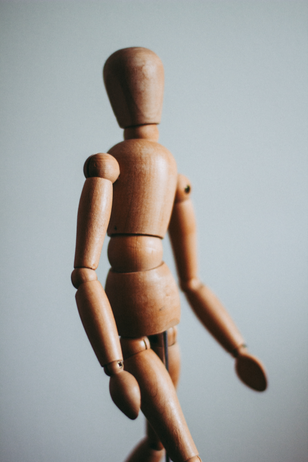 Body Sensing Practices that I have been exploring in my personal practice are based on a number of principles. Here are the five main principles that will guide us over the next few weeks of the Body Sensing yoga and mindfulness course. 1. Develop interoceptive awareness with slow mindful movements Moving slowly helps to train the nervous system of the body. Often our fast paced life impacts on our nervous system in a number of ways. We push through even though we are tired, use stimulants like caffeine to keep going. Moving slowly, and combining smooth even breathing with our movements helps us retrain the nervous system. Its not enough to just rest in shavasana at the end of the practice. When we move slowly, we get a chance to experience the movements from the inside, we can make adjustments if needed. 2. Soften and hydrate fascia in the body Many of you who have been to my classes know that I love working with fascia. Recent training I attended with Donna Fahri emphasised the need to soften and hydrate the body before doing more strenuous movements - sequencing is also important. Many of the practices involve rolling, wobbling and gentle shaking. At first, we might notice how stiff we are, these practices may not feel very normal or natural, however over time our bodies will respond and develop a more jelly like quality. 3. Include compassionate touch This is an addition from my mindful self compassion training. When we offer ourselves soothing touch we offer ourselves kindness. It also helps build interoception. When we touch the body it helps build our awareness by bringing our mind into the area of the body that is moving. For example, sliding the hands down the legs while we come into a forward fold may give us a greater sense of our hamstrings, and how much bend we need in the knees on the way down. 4. Find the most ease-ful way of being in each moment Work with where you are at. Our yoga and our meditation should be enjoyable. In each moment, find the place where you feel most at ease - you can then go deeper into sensation, if that is what your body sugests. Similarly, be in a place of comfort with the mind. We will be spending some time developing a safe space, so that our mind can rest in a place that generates feelings of ease at any time that might be useful during class, or in your everyday life. 5. There is no such thing as a perfect practice Life isn't perfect, and neither will your yoga and meditation practice. It is important that you allow yourself to be a beginner, no matter how long you have practised. It is normal for our minds to wander when we meditate, even for experienced mediators. There will be times when body sensing practices make sense, and there may be times where the mind is bored, tired and finds these practices difficult. Use this as an opportunity to offer yourself compassion towards whatever shows up, whether you like it or not. I went out of my comfort zone today and put up a short very unpolished 3 minute video of my practice, which demonstrates these principles. You can find it here
0 Comments
Leave a Reply. |

